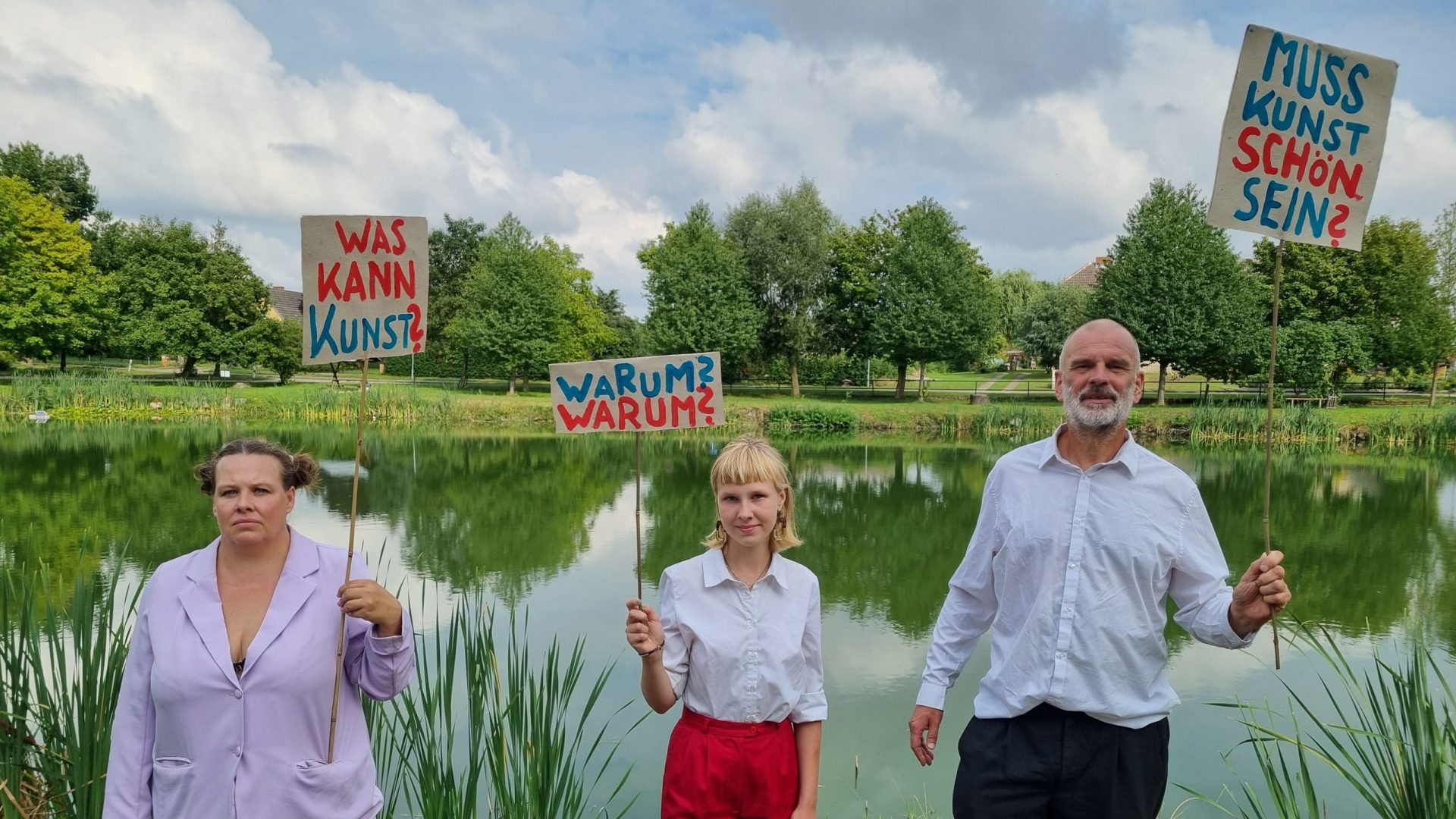
This chapter is about activities that can be described as private, as they take place inside our family, far away from art world and audiences, unprofessional and unpaid. But it is also here, in and with our family, where spaces for radical thinking on performance art open up. Part of any thinking about performance is, or should be, about what performance can and should be and do – both performance in general, and the specific one we are working on right now – and if it is doing it. The frames that performances are produced within in institutions don’t often leave space for such questioning. The kitchen of a summer house, far away from funders, theatres and institutions, thus becomes not only a location for cooking, but, along with it, one for questioning.
We started to experiment with processes and methods of food preservation before thinking of it as art work. We all like to cook and eat, and we like to explore old methods of food preservations because they yield tasty results. Many of the recipes were part of the seasonal routines of our grandmothers, and our mothers like to remember them, but with the introduction of supermarkets, convenience food and freezers in households, stopped using them. Of course we are by no means the first to take a fresh look at these processes. Fermenting, preserving, brewing, smoking, distilling etc. have all been resurrected, and every supermarket now carries different brands of artisanal gins, tomatos with taste (as opposed to the other 8 kinds that have none) and slow ground flour. Ah, capitalism is so good at integrating what opposes it.
We made salty pickles, jams from rosehips (Hagebutten, hyben), elderflower (Holunder, hyldeblomst) syrup, Rullepølse (rolled sausage) because we like experimenting, because making art with children has to offer practical activities and useful results, and because we like the intense tastes of these homemade specialties.
We are, in the process of researching, testing and combining taditional recipies, inventing our own traditions as a cross-national family. Foods that Ronja and Dorte like and consider typically German, were never made eaten in Jörn’s family. Maybe we found them in German pubs (like Käsespätzle) or supermarkets (like Laugenbrezeln). We used the Internet to learn how to make them and integrated them, to varying degrees, into our family’s menu.
Food as performer
Much of our thinking about and practice of performance revolves around criticisms of hierarchical structures. The grown ups of our family have both, in earlier parts of their working experience, been part of the hyper-hierarchical structures of theatre. We both, for a multitude of reasons, ranging from a general aversion to authorities to specific experiences of glass ceilings impenetrable for those identified with certain genders, ages, educations and classes in traditional institutions as well as the independent art scene, causing both of us never to feel at home in them.
A kind of moral code has emerged, where we are interested in work which
(a) does not privilege contributions by specific agents over others
(b) focusses on processes which often take place independently from our motivation, blurring boundaries between agents, artists, observer and observed, and
(c) takes place in the grey zone between family life and professional art production.
We aim to avoid the classical dichotomies of performer and audience, with one group granted space to speak while another is ordered to listen. Instead of mounting a podium and preaching to the masses (more often than not consisting of 3-5 fellow artists), we create situations in which the performative evolves through unscripted encounters and conversations between everyone who attend.
In observing the processes of fermentation, we take this interest in a new direction. Instead of inviting human agents to act in frameworks we provide, like the Teach Each Other events or the Fluid Academy, we initiate and observe processes that involve organic matter, like in the case of the transformation of cucumbers in to pickles. The performance of our salted pickles (Salzgurken, or Saure Gurken, på tysk) is maybe the best example.
First we have to find the small cucumbers you use for pickles. Few places sell them, but during our vacation in the summer 2021 we discovered them in a small farm shop that sells locally grown produce in the Western part of Sjælland, Danmarks largest island (excepting Greenland, but that is a whole other contested story). They also sold the dill flowers that are part of the recipy and, as a welcome addition in the summer of 2022, sensational gigantic cloves of garlic. We than returned to the island with our treasures and found we had to dumpster dive for pickle jars in the local marina.
With all ingredients in place we made a very salty brine, added cucumbers, dill flower, garlic and an oak leave (inspired by a Ukranian pickle recipe, and because oaks grow in the garden of the summer house) to each glass, and waited for the process to start. Within a week, with considerable variation, the brine in the glasses turns milky and than clear again, and the contents of the glasses expand, spilling water through the closed lids, and contract again. A few weeks later, the pickles are ready to eat. It is uniquely satisfying to initiate the process, withdraw from it to observe, wait for long periods of time for transformations to happen, return to the objects that created themselves, to enjoy the results with all senses. We salute the pickles, our first non-human performance art co-conspirators.
